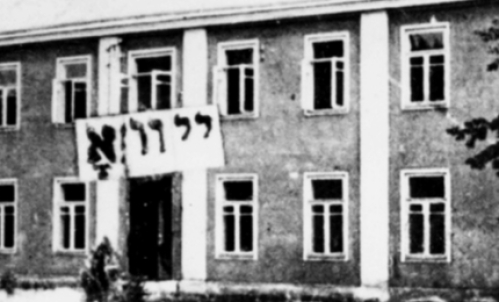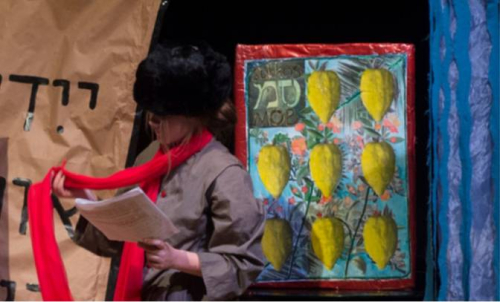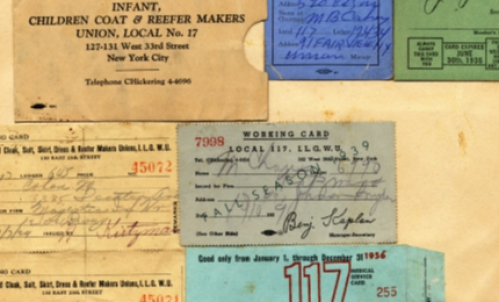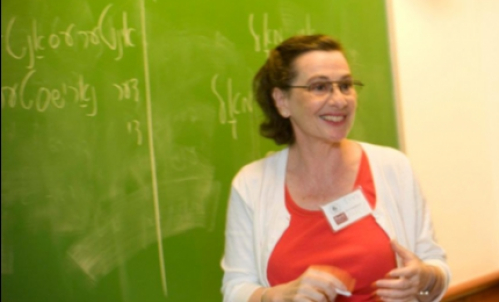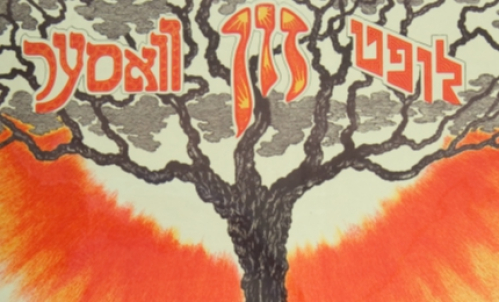Di gantse velt af a firmeblank: The World of Jewish Letterheads
Assemble the letterheads of Jewish organizations, institutions, and individuals in Europe, North and South America, and Palestine from the 1890s to the eve of World War II in 1939 and you have a portrait of the Jewish world: transnational; diverse in language, political, and religious orientation; and flourishing.
Di gantse velt af a firmeblank (The Whole World on a Letterhead) is an experiment in building that portrait. Here, we hope to bring you several times a month, a different example of letterhead from a single collection in the YIVO Archives, the Papers of Kalman Marmor.
Marmor, a Yiddish writer and cultural activist, was born October 11, 1879 in Mayshigola, Vilna Gubernia (today Maišiagala, Lithuania). In 1906, he settled in the U.S. Initially active with the Labor Zionist movement, he later became a Communist. He was an organizer of the 1937 World Yiddish Culture Congress, cultural director of the International Workers Order, and a contributor to the Communist Yiddish newspaper, Morgn Frayhayt. Between 1933 and 1936, he lived in Kiev, where he worked at the Institute of Jewish Proletarian Culture and prepared scholarly editions of the work of American Yiddish poets and writers. During Stalin’s Great Terror, the Institute was liquidated, and much of its leadership was arrested and executed. Marmor, an American citizen, returned to the U.S. He died in Los Angeles in 1956.
His papers at YIVO contain several thousand letters from the turn of the 20th century to the 1950s. He had an astonishingly diverse array of correspondents, not limited to Zionist and Communist activists.
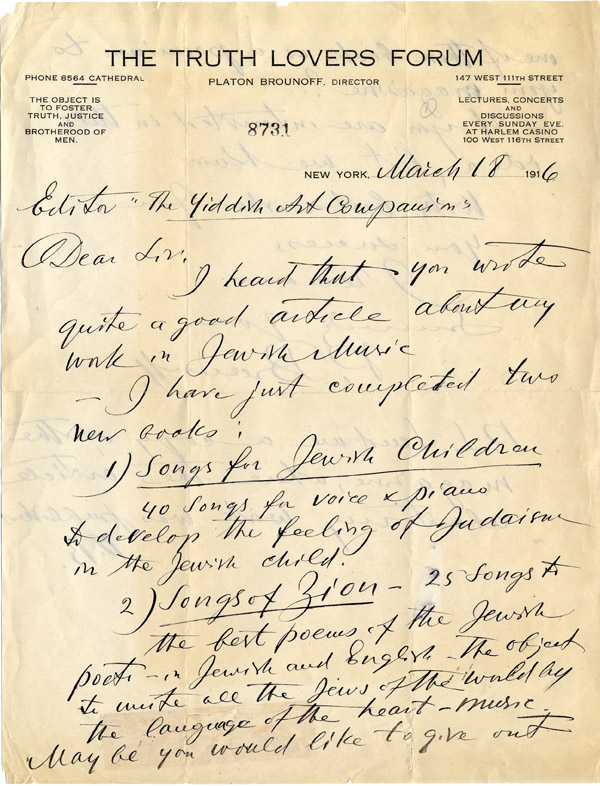
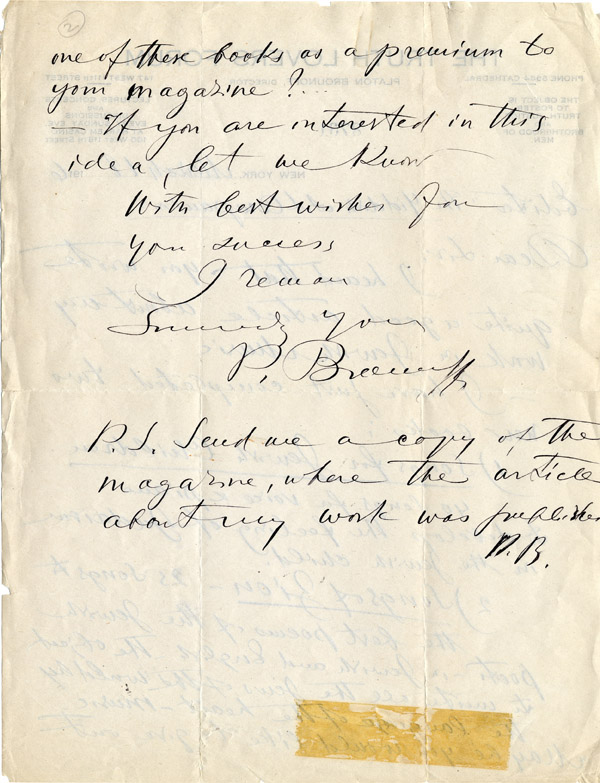
Letter from Platon Brounoff, director of The Truth Lovers Forum, New York, New York, to Kalman Marmor in Chicago, March 18, 1916. (RG 205, Folder 107)
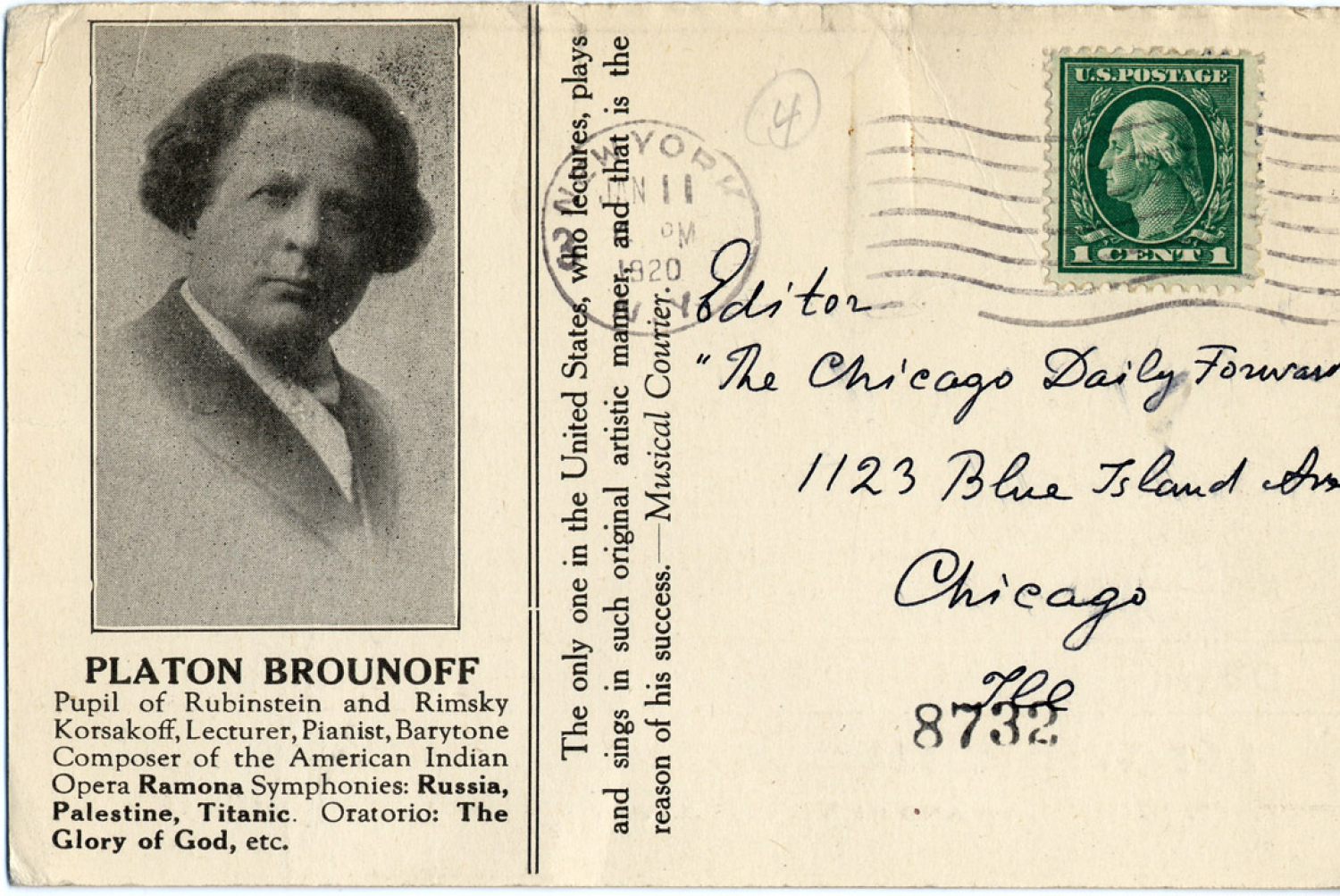
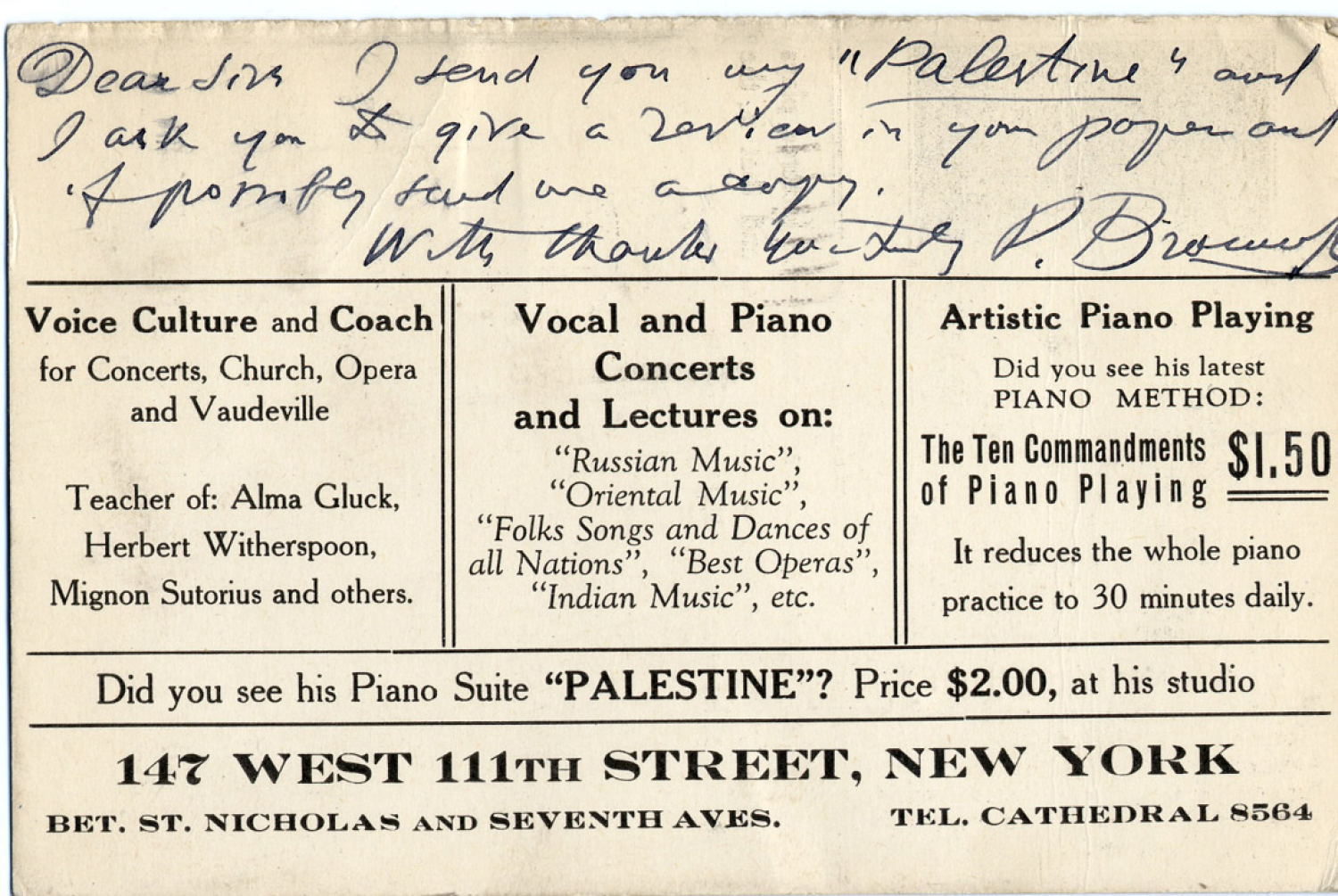
Postcard from Platon Brounoff to Kalman Marmor in Chicago, January 11, 1920. (RG 205, Folder 107)
Platon Brounoff (1859-1924) was a Yelisavetgrad-born conductor, arranger, and composer of Yiddish music, who, after his emigration to America, founded and conducted the Poale Tsion Choir. When he wrote to Marmor in 1916, Marmor was the editor of the Yiddish Art Companion (Der idisher kunst fraynd), a weekly established in 1916 . (Apparently a struggling publication, by 1917 it had become a monthly.) Brounoff’s later 1920 postcard was to Marmor in his capacity as the editor of the Chicago edition of the Forverts.
What “The Truth Lovers Forum” was requires further research. Brounoff was a socialist and in a May 30, 1908 article in The New York Times was quoted as saying that he considered himself “a socialist martyr.” He claimed that he had been ousted from a Board of Education job because of his political convictions. He was, apparently, something of a character. Another New York Times article, from 1903, reports on a performance of the opera Parsifal at the Educational Alliance on the Lower East Side, presided over by Brounoff. It involved not only a musical performance, but also stereoopticon slides with scenes from the opera:
A little delay occurred as the pictures representing the scenes of the opera were mislaid and a new piano, which had been ordered for the evening, had not arrived. When the pictures were found it was decided to go on with the performance, though Platon Brounoff, who was to play as well as lecture, declared that he would disrupt the piano with a Wagnerian score. Miss Herts, who was in charge of the entertainment, calmed the lecturer’s artistic temperament with the suggestion that nothing but music could come from his fingers.
Mr. Brounoff announced that he was a Free Thinker and would deal with the opera from that standpoint. He said that the boldness of Wagner was missing in his “Parsifal,” through the softening of his nature with age, so that he could not bear the killing of a living thing. He became a vegetarian…
The piano may have been much out of tune through long rendition of ragtime and patriotic music, but when Mr. Brounoff touched the keys the “motifs” rang out clear and distinct. “Beautiful!” was the cry in Yiddish and English, and it was meant.
Series curated by Roberta Newman; Images digitized by Vital Zajka.
